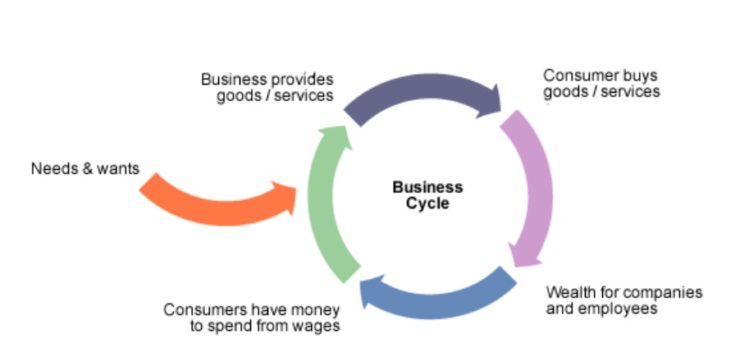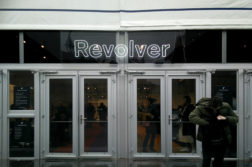Our visiting lecturer Michelle Lawrence from Falmouth University started her lecture by presenting us with a very essential question: what do we thing the marketing actually is about. After a while we were able to give her a good selection of suggestions, some more accurate than the others.
What then is the marketing about? The marketing is about anticipating the changes in the business environment, the buying culture and the personal points of views of the customers. It is about identifying the customers and their desires and then satisfying these identified wants and needs. It is also about doing all of this profitably.
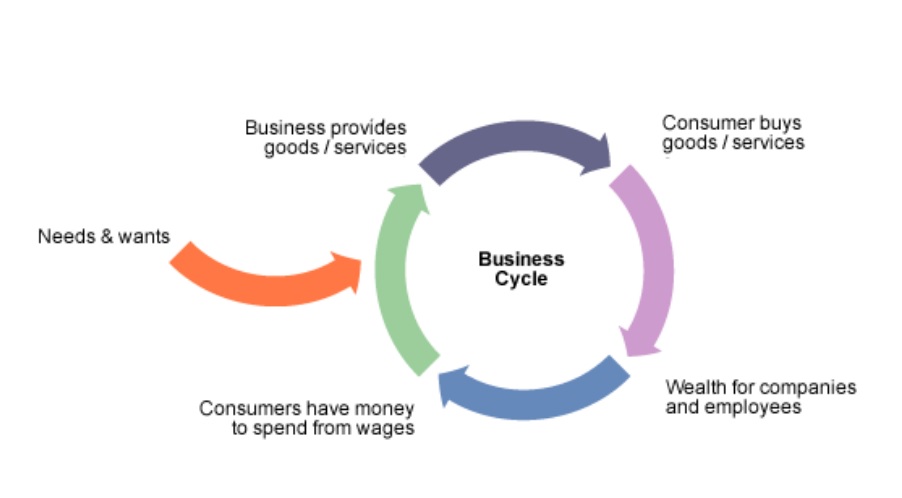
As shown in the picture above, the business seems to be running in an endless cycle that drives itself smoothly on and on. The needs and wants of customers cause demand for goods and the business comes to the picture providing these desired goods for the clientele that purchases them. The money from the customers bring wealth for the companies and their employees, who will then ideally use the acquired wealth to buying the goods, leading to yet another turn of the business wheel.
This simple example of how the business runs doesn’t however show the problems surrounding the business cycle. Michelle Lawrence wished to draw our attention to its darker side as well: to keep the business cycle running better and better, we also need to sell more and more, while trying to make more profit out of it all as well. Boosting the sales in every way possible and having the success of the business to rely in the continuous growth of sales can cause many problems to the world and its inhabitants. For example the boosts and slowdowns of economy seem to be making it always to the headlines of the media from where the shopping mania or possible panic over the slightest changes can spread among the consumers. The customer behavior has been intentionally led to what it is today: we buy more than we need. This can be clearly seen in the fashion business as the shops bring in new things, not only with the changing seasons but in cycles that have been shortening all the time: some shops proudly boast about having new items in every week and at the same time they try their best to assure their customers that they need those new things right there and then. Such a hectic behavior is not only causing stress to the customers, but also on the environment. The materials for the new items must be harvested and the environment must be made to produce those materials, even if it means drastic changes. The acquired materials must in turn be processed, and the cheaper the better: the wages and the working conditions of the employees are the places where the axe has been falling as the consuming part of the world attempts to play blind. And when items then brake down or become unwanted, where do they end up? As Lawrence goes over the slides of her presentation full of alarming pictures, we can have a tiny view into the animal lives in distress and the floating plastic trash reefs that are a terrible reality in the oceans of the world. Everybody in the class knows well that there are endlessly more examples of the harms the current behavior in the producing and purchasing is causing.
What then can we do make it better? There is lots of work to be done and not everybody is willing to do it. One of the ways that Lawrence presented to us was educating the customer about how their behavior affects others. Social marketing could be one of the good tools for making this change happen. If there is a pressing demand for sustainability and responsibility, the producers might start to feel the pressure in changing their bad habits. There are already many companies that are using their green values as successful marketing tools and hopefully in the future this trend keeps growing, as in the end the change won’t be achieved by only educating the customers but also by creating willing companies.
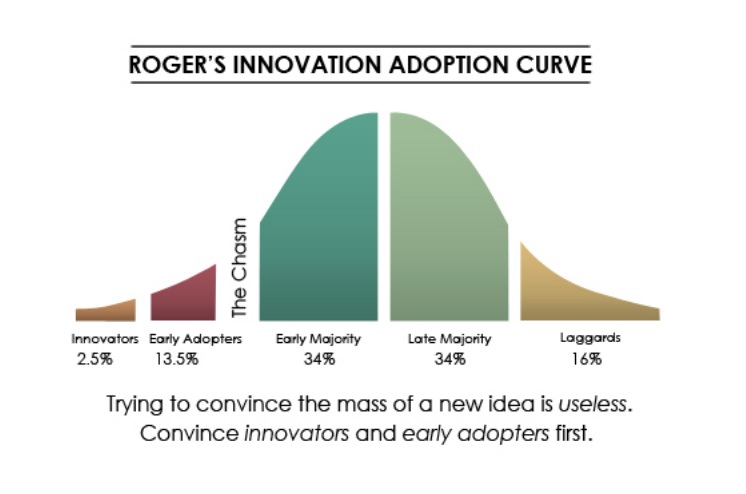
To get the customer to adopt something new –new products or new ideas alike – and making it a part of their everyday lives requires planning. This is also something that well thought marketing has tools for. Before the new product is even presented to the market, there are many steps to be taken. One of the models, Kotler’s traditional process model, was presented to the class with its eight steps:
- Idea generation
- Idea screening
- Concept testing
- Business analysis
- Product development
- Test marketing
- Commercialisation
- Review of market performance
When the new idea or the new product is finally presented to the customers, there is still however a change of failure as most of the new ideas fail to gain traction. As shown in the Roger’s innovation adoption curve featured above, many of the innovations are in danger of falling to the chasm.
Even when the products or ideas do survive the chasm and are accepted by the majority of the customers, there is still the today’s buying culture to battle against to make the business survive and thrive. The trends today include the discount culture, consumer kinship and the digital upgrade. The mindset of the customer must be taken in good consideration as the marketing is planned. For this Lawrence suggests using bravely new ideas, imagination and innovation: originality, the feeling of newness, not only in the product itself but also in marketing, will draw the customers in today like light draws the flies.
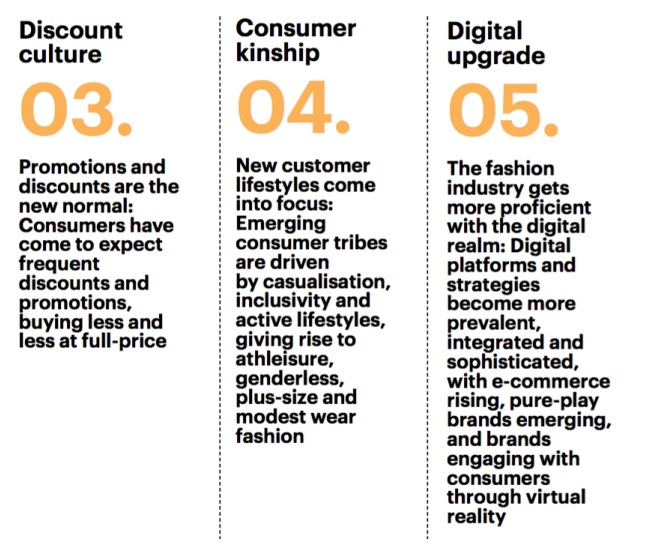
Featured pictures taken from the lecturer’s presentation.

